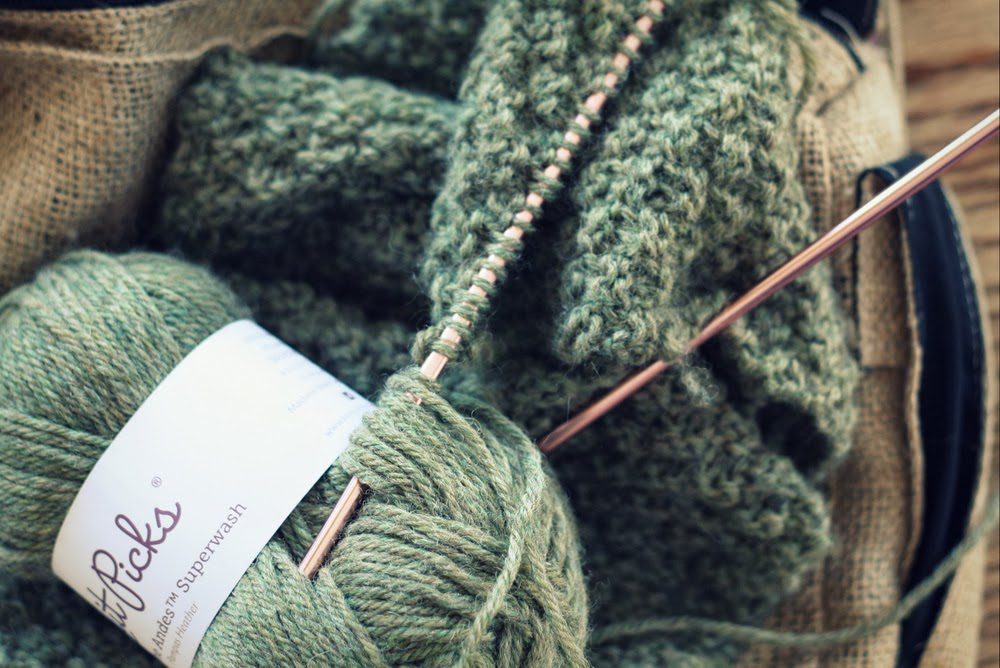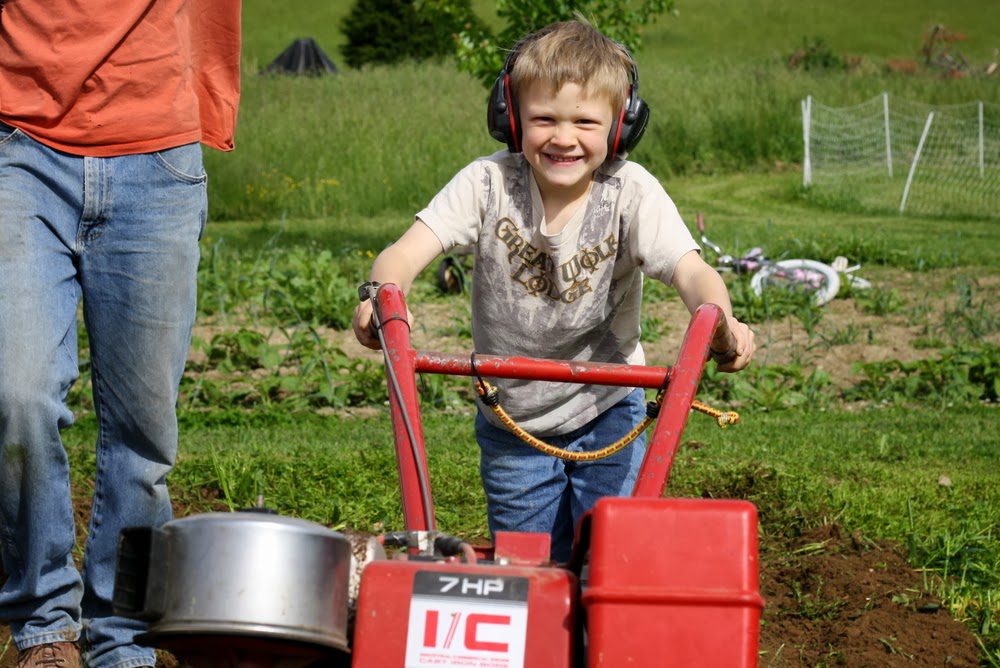“It is, in fact, nothing short of a miracle that the modern methods of instruction have not yet entirely strangled the holy curiosity of inquiry; for this delicate little plant, aside from stimulation, stands mainly in need of freedom; without this it goes to wrack and ruin without fail. It is a very grave mistake to think that the enjoyment of seeing and searching can be promoted by means of coercion and a sense of duty. To the contrary, I believe that it would be possible to rob even a healthy beast of prey of its voraciousness, if it were possible, with the aid of a whip, to force the beast to devour continuously, even when not hungry, especially if the food, handed out under such coercion, were to be selected accordingly.” –Albert Einstein
I’m learning to knit.

A few years ago, I started following the blogs of some avid knitters. Inspired, I asked one of my girlfriends to teach me. At her house, she showed me how to cast on and do the basic stitches. Over the next few months, I practiced at home and saw my friend whenever I needed help (which was often).
After taking a break from knitting for a couple years, I started back up this winter. Another girlfriend took on the role of instructor this time, helping me select the right yarn and needles, and patiently sitting beside me while I wrestled with sticks and dropped stitches. On my own I watched Youtube videos to learn terminology and form. When stuck (which is often), I take my knitting to church in hopes of cornering my friend (or any of the expert knitters in the congregation, for that matter) and begging a little help. Learning to knit has been painstakingly slow and tedious. It has also been immensely satisfying.
Learning to knit involves the same process—inspiration, getting help, trial and error, and diligence—I use to tackle other endeavors, such as blogging, parenting, sourdough bread making, money management, photography, and gardening. Sometimes I learn as much as I need to be functional and then I quit. Sometimes I lose interest and slack off. Sometimes I push myself with something all together different like belly dancing, up and moving to another country, or cheese making. But the key components to my learning always remain the same.
Am I learning to knit so I can be a professional knitter? To manage our money to become an economist? To garden so I can open a stand at the Farmers Market? No, of course not. I’m learning all these things because I have chosen to, either out of necessity or desire.
Learning is all about acquiring new skills and information. We learn because we are curious, because we need to, because we enjoy it. The neat thing is, when learning is self-motivated, the lines blur between need and want. I need to learn how to raise my children because I want them to thrive. I want to learn to knit because I need to do something creative. I need to learn how to manage my finances because I want to be in charge of my money.
Children are naturally self-motivated. They are boldly curious and exhaustingly tireless. Their dogged determination is unnerving. Just ask their parents.
Which leads me to wonder: why do we allow adults to be the masters of their learning but not children?
And here, my friends, is where it all breaks down. Are all the lectures, worksheets and tests that revolve around information—the prepositions, parts of a cell, state capitals, etc.—truly necessary? What must children learn in order to be well-adjusted and productive adults? Is it the particulars that are important, and if so, which ones and why? Or is it curiosity, self-awareness, and the ability to know how to learn that will get our children where they want to go?





